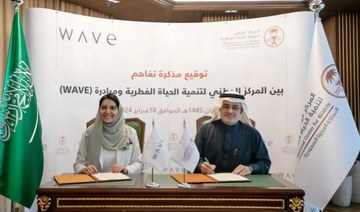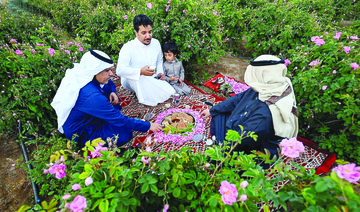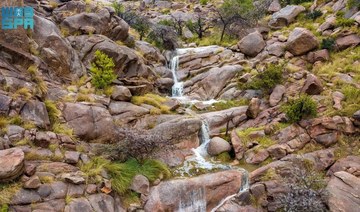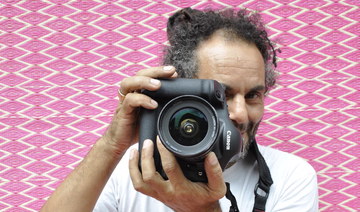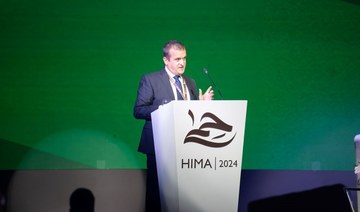For many, the ancient city of Jerusalem conjures tense images; a front-line of the Palestinian-Israeli conflict, where cultures clash and borderlines appear to blur. Indeed, even after a long forty-eight years of Israeli occupation, the city and its residents remain on edge, awaiting the next sectarian stirrings.
Yet beyond the complexities and tragedy of this seemingly insurmountable territorial impasse lies a city of treasure that must not be overlooked; a city characterized by diversity, strength, and a rich heritage of conquest and revival that makes it what it is today. It is for these reasons that Jerusalem welcomes an average of four million tourists annually, drawn by its beauty and intrigue.
History
Jerusalem is considered to be a holy city for the three major monotheistic religions in existence today — Islam, Christianity and Judaism — and has a known history that dates back to the fourth millennium BC. Since this time it has been the site of numerous conquests yet, arguably, it was the declaration of the Israeli state in 1948 atop deep-rooted Palestinian communities that has been the source of the city’s current tensions. Despite efforts made by Israeli occupation forces to erase Palestinian history in the area, the eastern side of the city (the ‘old’ city) still retains an unshakeable Palestinian character, presenting a once-in-a-lifetime experience for every adventurous tourist.
Historic sites and monuments
Jerusalem maintains a staggering 220 ancient sites and monuments that speak of its tumultuous past, and that prove its lasting charm. But there’s no need to be overwhelmed by this astounding number of historical jewels, as the majority are concentrated within the walls of the old city where one can easily find their way with the help of friendly locals.
Take the time to stop and chat with the locals as you sip delicious Sahlab (a thick, sweet, fragrant milky drink, usually topped with nuts and cinnamon) and ask these locals about their love for this evocative city. For many, it takes an extraordinary amount of resilience and determination (‘samoud’ in Arabic) to retain and continually assert their connection with the land of their ancestors.
In order to narrow down your sight-seeing list, some must-see sites include, of course, ‘Haram Al-Sharif’ where it is believed that the Prophet Muhammad (peace be upon him) ascended to heaven. Religious and territorial conflicts aside, the Dome of the Rock and Al-Aqsa mosque comprise an architectural masterpiece in a class of its own that should not be missed. Admission to the Haram Al-Sharif is free, and visiting hours run from Sunday to Thursday, 7.30 a.m. to 10 a.m., and again from 12.30pm to 1.30pm (except for times where Israeli-imposed closures are in place — check with locals).
Due to the often frenetic pace of life inside the high walls of the old city, it’s a good idea to schedule in some time to orient yourself and get an overarching perspective of the city. To do this, try taking an easy meander along ‘Ramparts Walk’. Unlike the crowded streets down below, the walkway situates you high above the hustle, giving you a bird’s-eye view of the city as you make your way up and along its outer-most stone walls.
Once your feet are firmly back on the ground, make your way to the Church of the Holy Sepulchre, where the internal architecture and sweet serenity are sure to impress you. If you have some time to spare, allow yourself to linger on a stone bench in one of the holy rooms, where you can take in the full range of smells, sounds and visual masterpieces that surround you.
Afterwards, nurture your newfound sense of relaxation by heading toward the Armenian Quarter and taking a stroll down the Armenian Patriarchate Road. From here you can easily find the St. James Cathedral and St. Mark’s Chapel. Despite receiving fewer visitors than other attractions, these two sites are certainly impressive in their own right, and can offer a break from the crowds that flood into the old city during peak tourist seasons.
Whilst in this quarter, walk through the gates of the Austrian Hospice and follow the stairs inside all the way to the top. Established as a meeting place for pilgrims in the mid-1800s by the Austrian Catholic Church, the building itself offers panoramic views of the old city that are difficult to beat. The best times to appreciate this incredible view are late in the afternoon, or at dawn when the city is only just waking up.
Other noteworthy attractions include the Lutheran Church of the Redeemer for its underground excavations and amazing bell tower view, along with the Pool of Bethesda and the beautiful St-Anne’s Church, whose visual splendor never fail to rejuvenate the weary traveler.
The famous souk
By now you’ll probably be ready for some browsing and gift buying — and there’s no better place to satisfy your inner shopaholic than the famous souk (market place) inside the old city. Here you can find everything from clothing, shoes and gold jewelry, to classic trinkets and souvenirs; not to mention an endless supply of pungent spices, nuts and special treats to enchant your sweet tooth. Be sure to bargain at each store for a good price that works for both the seller and your own budget.
Winding down
After a busy session in the crowded souk, it’s important to get some fresh air into those lungs, meaning it’s the perfect time to make the journey up to the Mount of Olives to enjoy a mesmerizing final view of the old city at the end of a big day. The Mount is the oldest continually used cemetery in the world, yet is anything but doom and gloom. It is home to a collection of holy sites including the Church of the Ascension, which dates back to 1910 and offers perhaps the best view of the wider Jerusalem area. To walk from the old city to the top of the Mount, you will need approximately half an hour, a bottle of drinking water, and some good walking shoes.
As you rest for a while atop the Mount of Olives, allow the falling dusk to settle your senses, as you pause to consider the immense beauty, intriguing history and unclear future of this majestic city.
Top eats to curb your hunger
Once you’ve taken some time to rest up in your hotel room following a full day of sightseeing, be sure to step outside again to enjoy the wide range of restaurants and street-side grills on offer. Among the best places to enjoy authentic Palestinian cuisine is ‘Askadina’, with its varied menu (offering both traditional and international options), great atmosphere, cosy fireplace, live music on select days, and professional service. Located just 10 minutes North of the Old City by foot, it’s sure to satisfy your inner-foodie. Other popular options are the ‘Azzahara hotel’ restaurant and ‘Pasha’s’ restaurant, famous for their quality, traditional food at reasonable prices.
On the other hand, if you’re feeling in the mood for something more casual, head straight to the sellers surrounding the Damascus Gate of the Old City, who offer an endless supply of delicious grilled meats, vegetables, and falafel sandwiches that will keep you feeling full for days. Not only will this leave your wallet in good shape, it will also give you the opportunity to sit on the grand steps outside the gate and watch the city go by. If you’re lucky, you might even be able to find a vendor who will deliver a shisha pipe to your feet for you to end your whirlwind tour of Jerusalem with.
Afterwards, cleanse your palate with a fresh dessert from one of the many sweet shops that will catch your eye as you walk back to your hotel room for the evening. Each store teases the palate with their own twist on delicious delicacies such as kanafeh, baklava, hareeseh and malabi; some of the tastiest calories you will ever consume.
Jerusalem and beyond
Once your excitement for traveling in Palestine has been ignited in Jerusalem city itself, be sure to make the journey over the separation wall to visit the vibrant and fascinating towns and cities of the West Bank, which offer lush Arab history, unique culture, hospitable locals and a sense of astounding resilience to all who dare to visit.
Stay tuned for more on these steadfast cities in Part 2 of this West Bank, Palestine series.
—
Email: [email protected]
A wanderer’s guide to Jerusalem
A wanderer’s guide to Jerusalem
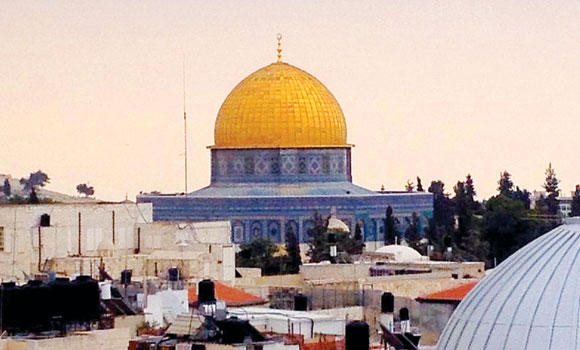
Riyadh conference to explore museum innovation

- The winning team will earn a week-long educational trip to London, which will include expert-led museum tours and lectures
RIYADH: Saudi Arabia’s Museums Commission is to host the International Conference on Education and Innovation in Museums, in Riyadh, from June 1 to 3, to help boost the sector in the Kingdom and beyond.
Leading museum professionals and educators will convene for knowledge exchange and collaboration, exploring best practices in museum education; the role of museums in fostering creativity and learning; and opportunities for international collaboration.
The three-day event will feature expert-led sessions, including panel discussions, workshops, and research paper presentations, addressing current museum issues and topics such as collaboration between museums and universities; beyond the textbook for active learning; beyond the museum walls for public engagement; and design thinking and innovation in museum management.
Additionally, the conference will host a competition in which participating teams will develop innovative solutions to enhance visitor engagement and museum experiences.
The winning team will earn a week-long educational trip to London, which will include expert-led museum tours and lectures.
Registration for the competition closes on May 25.
Wildlife center to explore caves in Saudi Arabia’s north

- The program to explore biodiversity in caves was launched “due to its environmental significance and positive impact on wildlife”
RIYADH: Teams from Saudi Arabia’s National Center for Wildlife will begin examining various caves in the Northern Borders region as part of the Caves Exploration Program, which began in 2022.
It comes as part of a larger program that monitors ecosystems and biodiversity throughout the Kingdom.
These sites will be added to an international map of biodiversity and natural heritage hotspots as historical ecosystems and natural biological museums.

Dr. Mohammed Ali Qurban, CEO of the center, explained that the discoveries in the caves hold significant historical environmental value for Saudi Arabia.
“The cave ecosystems serve as a historical museum, providing evidence of the biological diversity that has existed in the Kingdom throughout various historical eras, as well as the spatial, environmental, and climatic changes in the Arabian Peninsula,” he explained.
The cave ecosystems serve as a historical museum, providing evidence of the biological diversity that has existed in the Kingdom throughout various historical eras.
Dr. Mohammed Ali Qurban, National Center for Wildlife CEO
Qurban added that these unique ecosystems provide a suitable environment for a wide range of organisms, as evidenced by the discovery of numerous skeletons of different types of mammals.
The program to explore biodiversity in caves was launched “due to its environmental significance and positive impact on wildlife.”

The center is currently completing studies on the targeted cave sites and documenting their importance within an integrated program.
According to Qurban, the center’s earlier discovery of several Arabian cheetah mummies in a cave in the northern part of the Kingdom — with some skeletons estimated to be over 4,000 years old — provided the first evidence of the species’ presence in the Kingdom.
Consequently, the center plans to develop a program for the resettlement of the Arabian cheetah in the Kingdom, enabling it to play a crucial role in maintaining environmental balance.
Qurban noted that, among other significant discoveries, researchers from the center discovered rare bats and the remains of several extinct animals.
The center is currently working on classifying these finds and determining their ages. This effort will facilitate the resettlement of these extinct species or their closest genetic relatives, thereby restoring their role.
The cave ecosystem is one of the rarest and most important of its kind in the world, recognized as natural heritage by UNESCO.
There are 1,826 caves in the Kingdom, consisting of underground passages and tunnels formed by natural processes in dry limestone areas — evidence of a historical era that experienced prolonged rainy climatic conditions.
Baha’s quaint guesthouses offer a warm welcome

- Sharifa Al-Ghamdi, owner of Al-Ayed Heritage Guesthouse, revealed that she has worked hard over the years to acquire as many historic houses as possible to be able to give tourists an authentic taste of what life was like in the past
RIYADH: Al-Baha is a region of the Kingdom blessed with a rich legacy of ancient architecture, with heritage lodges playing a big role in luring tourism to the city.
According to the Saudi Press Agency, heritage lodges or guesthouses in the region play an important role in attracting more investment. They provide local and international visitors with a look into the past, a taste of a simpler time that many people long for.

The guesthouses are a reflection of the region’s heritage. Al-Baha’s residential buildings, castles and fortresses were designed to suit not just environmental variables such as topography and climate, but also social circumstances such as local customs and ancient traditions.
FASTFACTS
• Heritage lodges or guesthouses in the Baha region play an important role in attracting more investment.
• One of the most enticing elements of these heritage guesthouses is their deep connection with nature.
One of the most enticing elements of these heritage guesthouses is their deep connection with nature.

They are constructed using stones and trees from the region, typically granite and basalt boulders adorned with quartz, and roofed with mud-coated juniper trees.
Sharifa Al-Ghamdi, owner of Al-Ayed Heritage Guesthouse, revealed that she has worked hard over the years to acquire as many historic houses as possible to be able to give tourists an authentic taste of what life was like in the past.

She said that, with the assistance of her family, she was able to realize her lifelong dream and passion and invest her post-retirement time in establishing heritage tourist guesthouses.
She has transformed the old houses in her village from dilapidated structures into a tourist and environmental attraction for people in search of tranquility and relaxation.
All is rosy in Taif as fans flock to flower festival
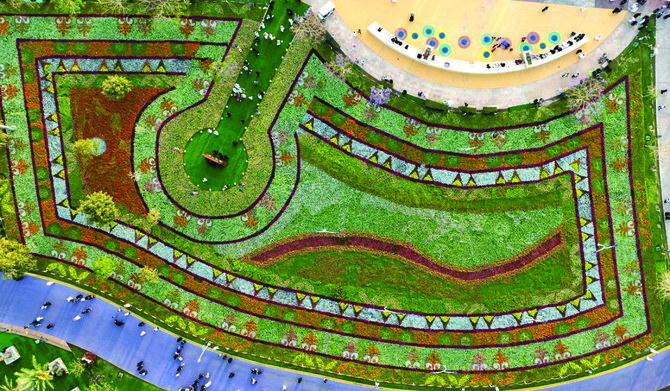
- Taif’s annual show features a floral carpet of over million flowers
- Farmers, vendors optimistic about increase in sales at the event
JEDDAH: Visitors are flocking to the 19th Taif Rose Festival at Al-Raddaf Park where the flowers are in full bloom, highlighting the region’s rich floral heritage.
The festival, themed “Qetaf” meaning “picking time,” coincides with the harvest season and will run until May 12. The organizers include the Taif Rose Cooperative Society and Taif Municipality.

There has been an impressive turnout of Taif residents and domestic and international tourists. The exhibitors — mostly farmers and vendors — are optimistic that increased revenues will help boost rose cultivation and production.
Abdullah Altwairqi, a local farmer and festival participant, said: “Participating in the Taif Rose Festival has become a tradition for me. The atmosphere improves each year, and the revenue and exposure we receive from visitors make it worthwhile.”
HIGHLIGHTS
• Exhibitors at the Taif Rose Festival are optimistic that increased revenues will help boost rose cultivation and production.
• The flower carpet set up by the municipality in the center of the park was designed with decorative patterns inspired by the province’s heritage.
• It covers 5,206 square meters and was crafted using over a million flower and rose seedlings, making it the largest in the history of the festival.
At his booth, Altwairqi showcased various flowers and fruit, including Taif roses, peaches, prickly pears, figs, mulberries, grapes, blackberries, pomegranates, as well as aromatic plants.

Altwairqi urged people to visit the Rose Flavor cafe where they can savor hot and cold beverages infused with the flavor of Taif roses and other aromatic flowers including lavender, which is also abundant in the region.
The flower carpet set up by the municipality in the center of the park left visitors awestruck. Covering 5,206 square meters, it was crafted using over a million flower and rose seedlings, making it the largest in the history of the festival.
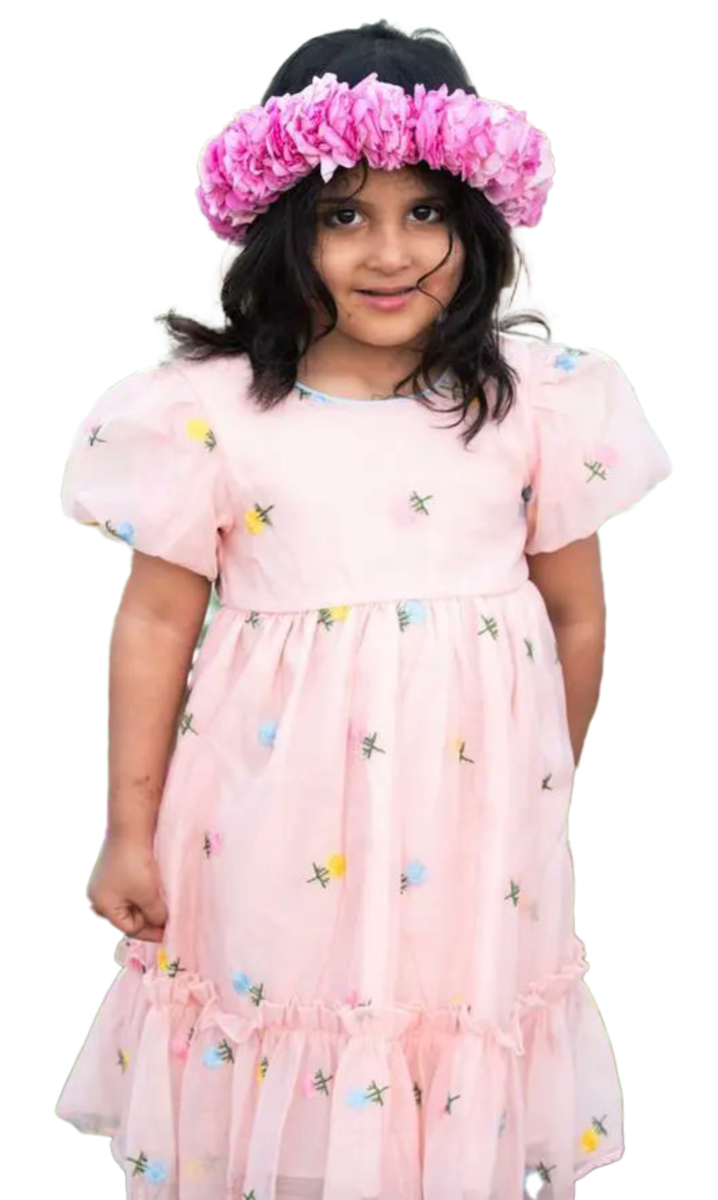
Faiz Al-Thibaiti, director-general of media and corporate communication at Taif Municipality, told Arab News: “The flower carpet was designed with decorative patterns inspired by the province’s heritage.”
He said the carpet has ensured the event has become “one of the most important tourism festivals in the Kingdom, attracting thousands of visitors and tourists from various regions of the country.”
NUMBER
70k
The rose-picking season in Taif starts around the end of March or early April, lasting between 35 to 45 days, with an average of 70,000 roses picked daily.
The decorations adorning the flower carpet draw inspiration from the intricate designs found on the walls and facades of Taif’s ancient structures, including Al-Kaki Palace in Al-Salama and King Saud Palace.

Al-Thibaiti added: “Preparations for the festival started early, with the Taif Rose Cooperative Society detailing participation criteria to highlight Taif roses, including their cultivation, harvesting, and distillation into fine perfumes. This adds to Taif’s unique tourist appeal. The festival provides a platform for producers, experts, and entrepreneurs to connect, collaborate, and boost this important sector.”
Among the highlights are the rose and flower path, product stalls, goods market, government booths, and the agricultural nursery.
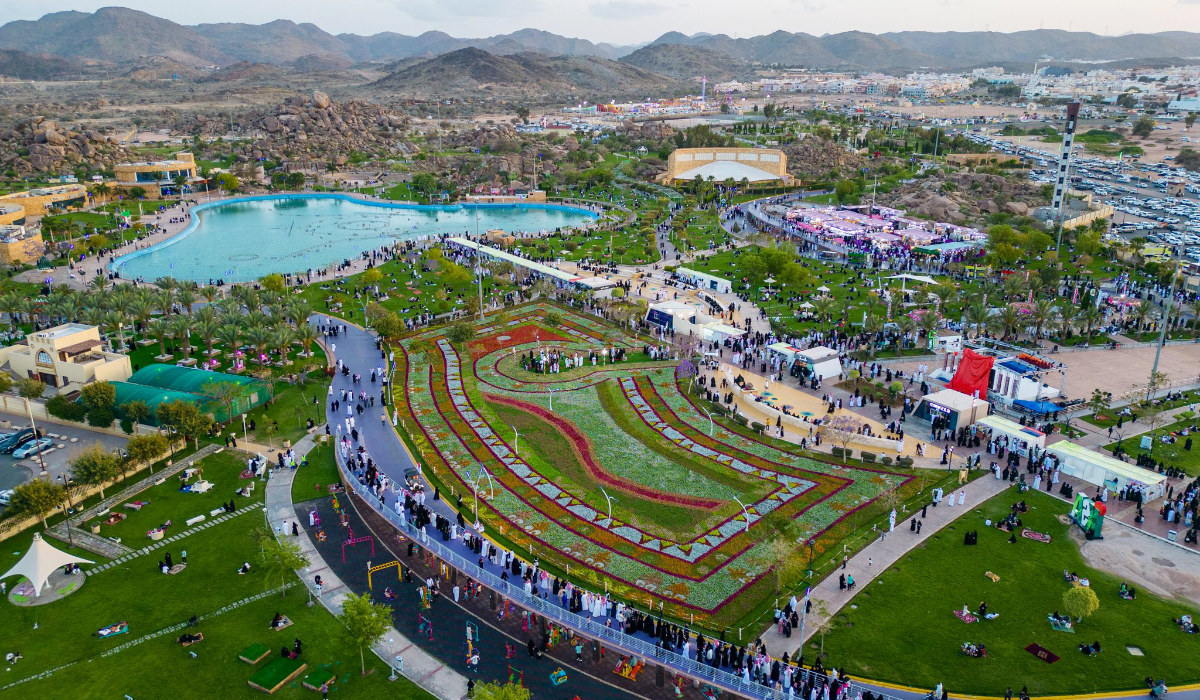
Interactive fountain shows accompanied by national tunes were also among the attractions, with a crossing to the upper pedestrian bridge from where visitors can view the massive flower carpet.
Artwork, flower arrangements, and hanging floral baskets scattered throughout the park added to the flair of the event.
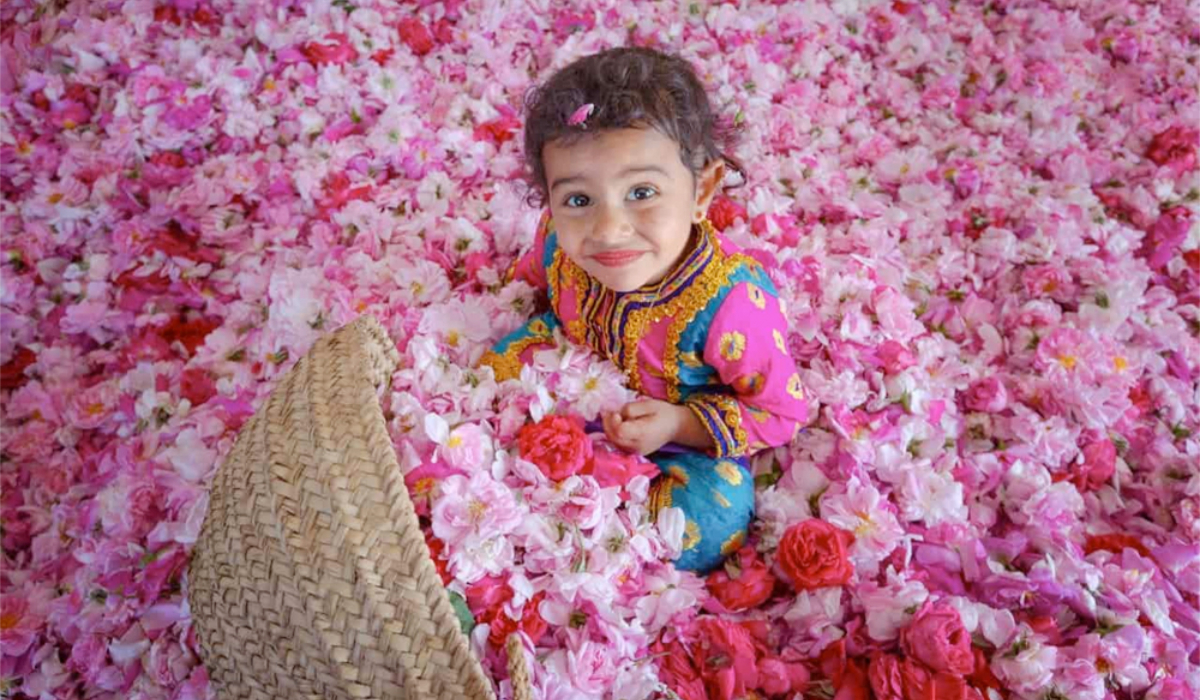
Al-Thibaiti said: “The significant turnout at the current festival comes amid increasing rose production year after year, indicating the success of this agricultural sector in achieving high revenues while continuing to promote the Taif rose product.”
Taifrosethon
The five-day Taifrosethon began on May 7, which is being held to encourage entrepreneurship in the region with technological solutions to enrich the industry.
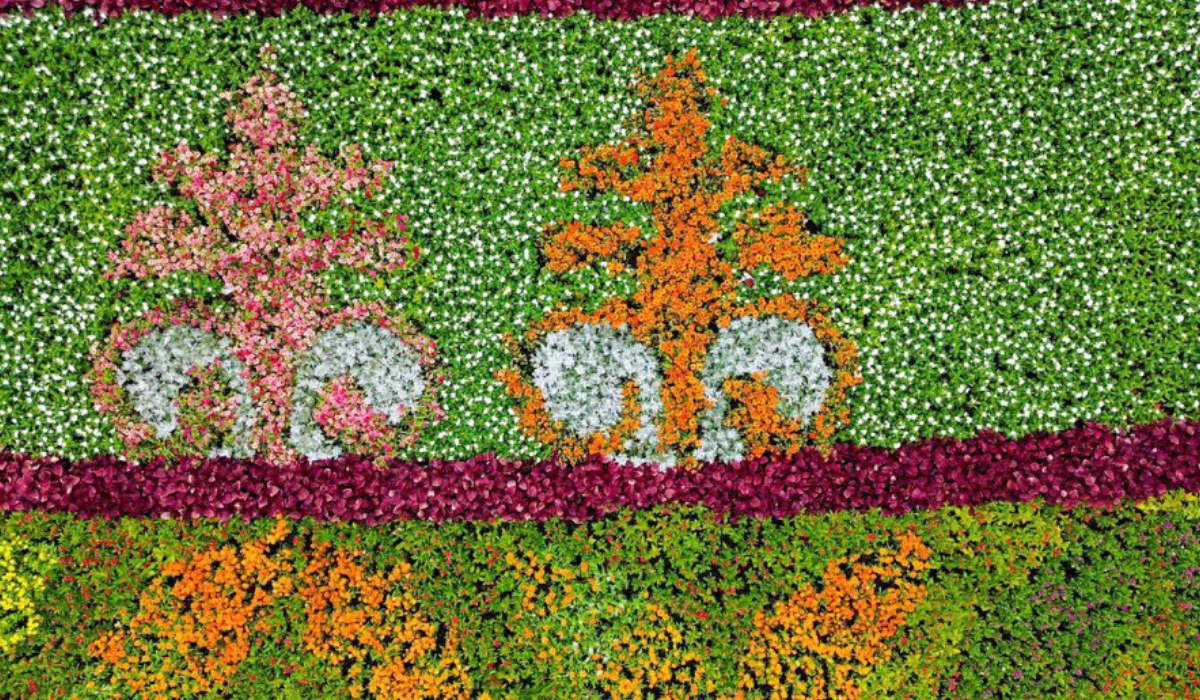
The event includes various skills training and technical workshops covering trade, cultural heritage, and tourism.
The top-three winners will receive $2,666, $1,866 and $1,333 respectively. Participants are required to enter as teams, each with three to five members.
Taif’s roses
The Taif province produces more than 200 million roses each season. According to the local chamber of industry, each tree produces an average of 250 roses daily throughout the harvest season, which lasts for about 45 days.
The rose-picking season starts around the end of March or early April, lasting between 35 to 45 days, with an average of 70,000 roses picked daily.
Taif roses feature an exquisite, sweet fragrance and vibrant pink hues on delicate petals, and are a hallmark of the region’s natural beauty.
Cultivated in the high-altitude climate of Taif, these roses thrive in the cool temperatures and fertile soil of the region.
They are meticulously harvested by hand to preserve their quality, with the petals carefully collected for various purposes.
AlUla Academy aims to be hub for tourism vocational training in Saudi Arabia and beyond
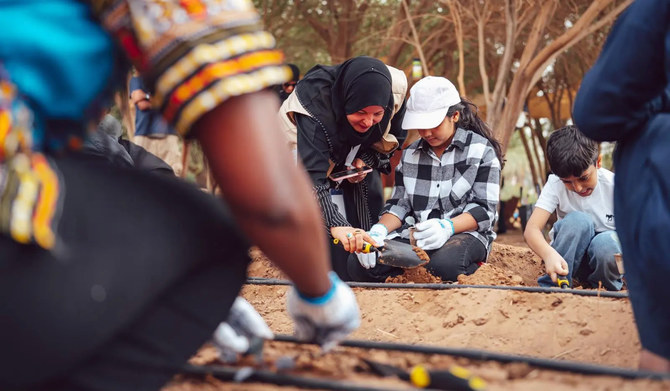
- Hotel.School chosen as global partner for hospitality training and the academy will welcome its first group of students in early July
ALULA: The Royal Commission for AlUla on Tuesday officially launched AlUla Academy, described as a pioneering initiative that aims to be a beacon across the region for excellence in vocational training in the tourism sector.
It will serve as a global hub, officials said, for workers directly involved in crafting memorable experiences for diverse groups of visitors to AlUla from around the globe.
Hotel.School has been chosen as the academy’s global partner for hospitality training, and the collaboration will begin with an inaugural digital training program for the first group of students in early July. Subsequent programs will be available through the academy’s website.

Authorities in the Kingdom are carefully developing historic AlUla, an ancient oasis in the northwest of the Arabian Peninsula, as a global tourist destination distinguished by its 7,000-year-plus history, spanning several civilizations.
It encompasses four primary heritage sites and a wide selection of visitor experiences which, the Royal Commission said, offer tourists the chance to immerse themselves in the region’s rich heritage and culture, take advantage of its wellness offerings, bask in the beauty of nature, indulge in the arts, and embark on and voyage of discovery.

The establishment of the academy therefore stands as a pioneering endeavor within the field of tourism, it added, and a cornerstone of efforts to achieve the goals of the Kingdom’s Vision 2030 development and diversification plan, one of the aims of which is to create 1.3 million jobs for Saudi citizens.
Philip Jones, the Royal Commission for AlUla’s chief tourism officer, said: “Learning centers such as AlUla Academy play a pivotal role in creating job opportunities while upholding excellence in visitor experiences to international standards, all while maintaining an authentic Saudi essence.

“Both physically and digitally, AlUla Academy will expedite the training process, enhancing the quality and efficiency of professional skill development, thereby advancing the tourism sector’s goals in the Kingdom.”
The guests at the launch ceremony on Tuesday included Anita Mendiratta, special advisor to the UN secretary-general at the UN World Tourism Organization. Also a member of the Royal Commission’s advisory board between 2017 and 2023, and one of the key figures behind the development of the academy, she emphasized the organization’s steadfast commitment and dedication to the enhancement of visitor experiences through the development of local skills.
“The key to AlUla’s development lies in embracing authenticity and prioritizing community engagement,” Mendiratta said.
“The Royal Commission for AlUla understands that reaching tangible milestones necessitates investing in skill development, providing services with international standards, yet infusing them with the distinct essence of AlUla that echoes its environment, the culture of its people, and their profound history.”
Hotel.School was carefully chosen as a global partner for AlUla Academy, the commission said, following a rigorous selection process to identify the most suitable collaborator to bolster its endeavors and help achieve its objectives. To that end, it will offer intelligent educational solutions and collaborate with developers of cutting-edge technologies to provide a diverse array of online-learning experiences, officials said. Further information about courses, registration procedures and criteria for the selection of students will be available soon.
Adnan Sawadi, the acting director of Hotel.School, said the institution is committed to supporting the commission in its mission to achieve excellence in vocational training across AlUla, the Kingdom and the wider region.
“At Hotel.School, we recognize that the vitality of the hospitality sector is its people, and we take pride in our pivotal role in nurturing and developing the skills essential to fortifying AlUla’s position as a global tourism and hospitality hub,” he said.
“Our commitment extends to fostering an educational environment that resonates with the region’s rich heritage, amplifying its cultural significance on the global stage.”
AlUla has received significant acclaim and been described as a beacon of success in the field of tourism development and the enhancement of local skills, the commission said. It attracted 263,000 visitors in 2023 alone and consistently surpasses the targets set for it, officials said, increasingly bringing it to the attention of leading event organizers, investors, development partners, airlines and the international media.







